A surge in popularity for Russian products has quietly swept through major Chinese cities. From Beijing and Shanghai to Guangzhou and Chengdu, "Russian Goods Halls" with blue backgrounds and white lettering signs have emerged like mushrooms after the rain. Accompanied by melodious Russian music, they have drawn the attention of numerous consumers.
Stepping into these halls, a dazzling array of Russian products greets the eye, ranging from chocolate and honey to milk powder and vodka. Many consumers say they are attracted by the authenticity and quality of Russian goods, and they come here specifically to make purchases. However, as this wave of enthusiasm grows, some issues have also emerged.
Many consumers have found, after purchasing, that some products labeled as Russian are actually produced domestically, raising questions about deceptive advertising. For instance, so-called "Russian Durian Candy" and "Russian Camel Milk" products, which do not exist in Russia, have disappointed consumers and raised doubts about the authenticity of goods.
Offline markets are not immune to this. On popular apps like Xiaohongshu and Douyin, an increasing number of Russian goods live-streaming rooms have emerged. Many of the hosts in these rooms are Russians, claiming the slogan "Russians Don't Deceive Chinese" while selling so-called Russian goods. However, consumers have discovered that many of these products are labeled "Russian Flavor," suggesting they might only mimic the flavors of Russia, not originating from there.
However, behind this "Russian Goods Craze," there are also secrets that remain unknown. According to Tianyancha data, there are currently over 3,400 companies related to Russian goods in China, with the number of registrations growing continuously. These "Russian Goods Halls" offer a wide variety of products, covering 24 categories, with approximately 3,000 to 5,000 individual items. However, some self-proclaimed official Russian brands offer agents high prices, sometimes reaching tens of thousands. They earn high profits by selling inexpensive or fake Russian goods, without considering whether the stores can sustain their operations or whether consumers are truly satisfied.
Some consumers have also found that some so-called "Russian goods" are actually produced in factories set up by Russian brands at the Chinese border. These products, although labeled "Russian Original Import," are actually produced within China. This phenomenon not only confuses and disappoints consumers but also further intensifies concerns about the authenticity of goods.
Despite the ongoing "Russian Goods Craze," many industry insiders believe it is just a fleeting excitement. As consumer novelty wears off and information transparency increases, the number of people willing to pay high prices for Russian goods will significantly decrease. What will happen to the agents and "Russian Goods Halls" that have joined in at that time remains a question.

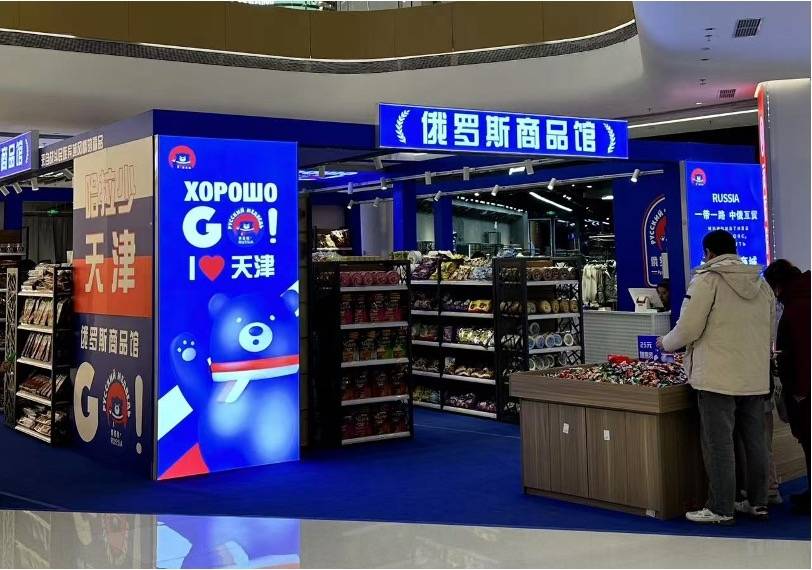

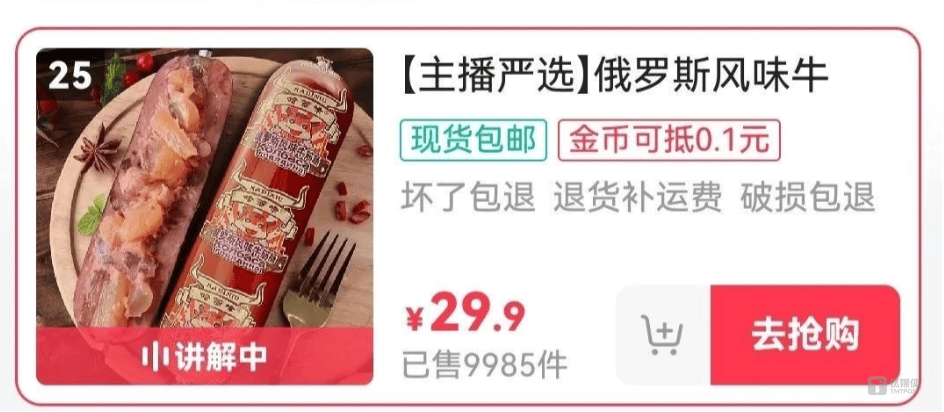



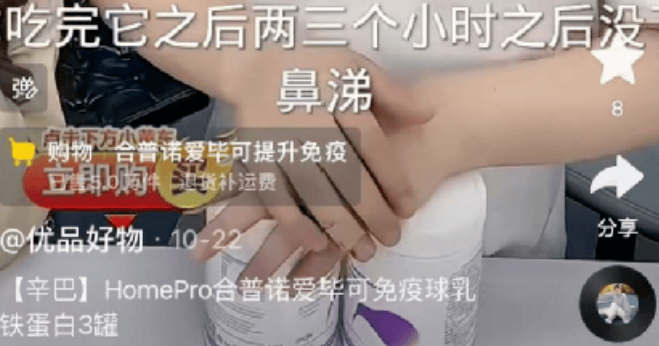
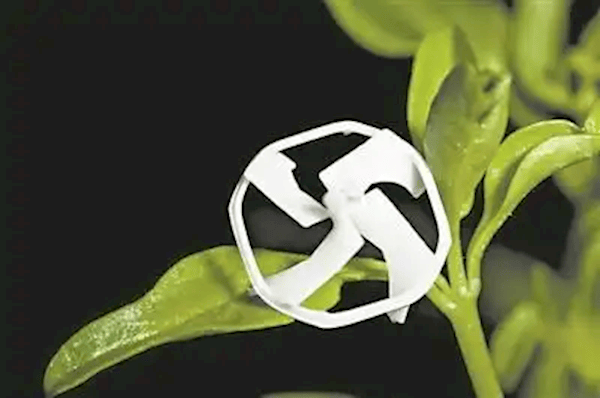
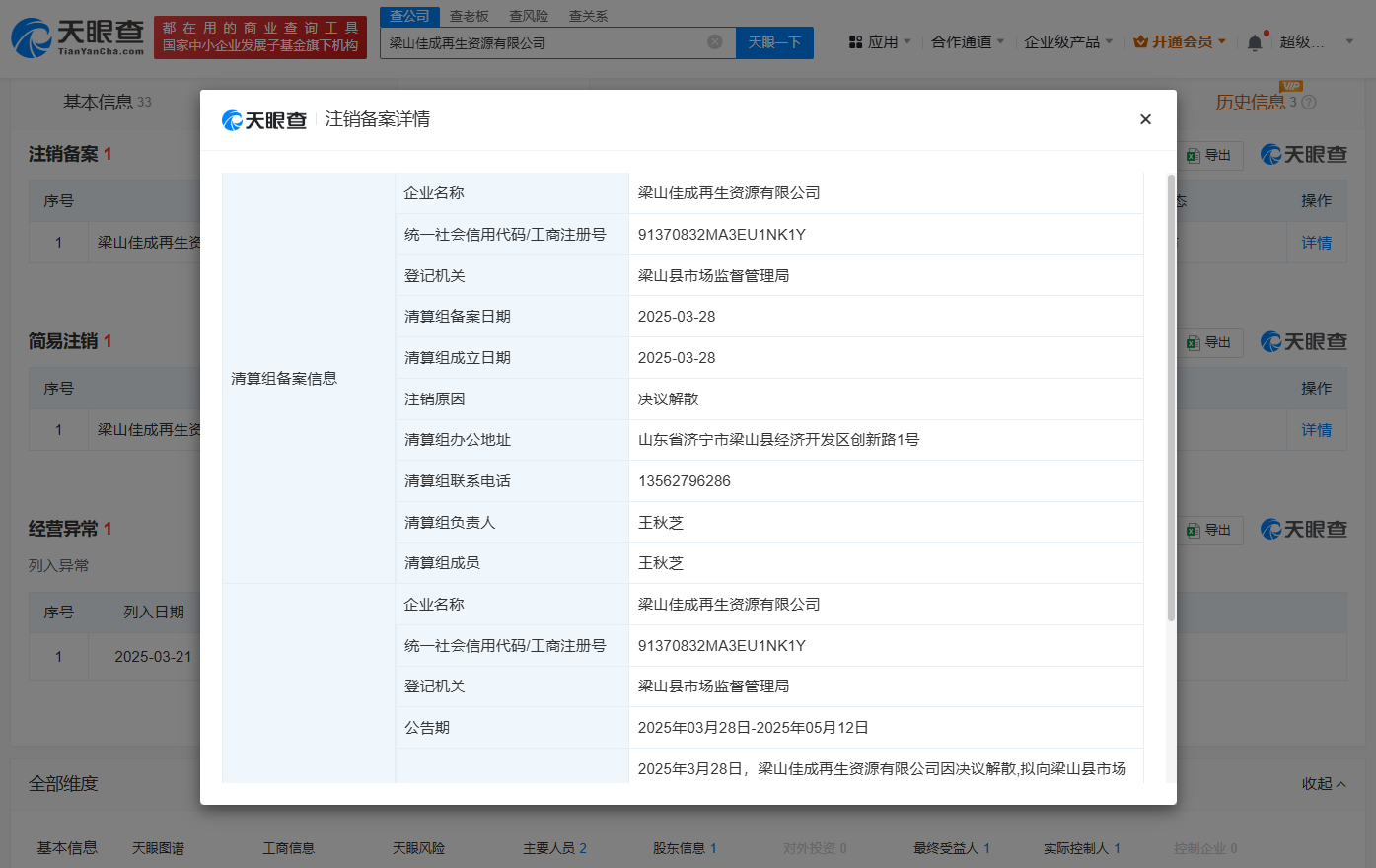
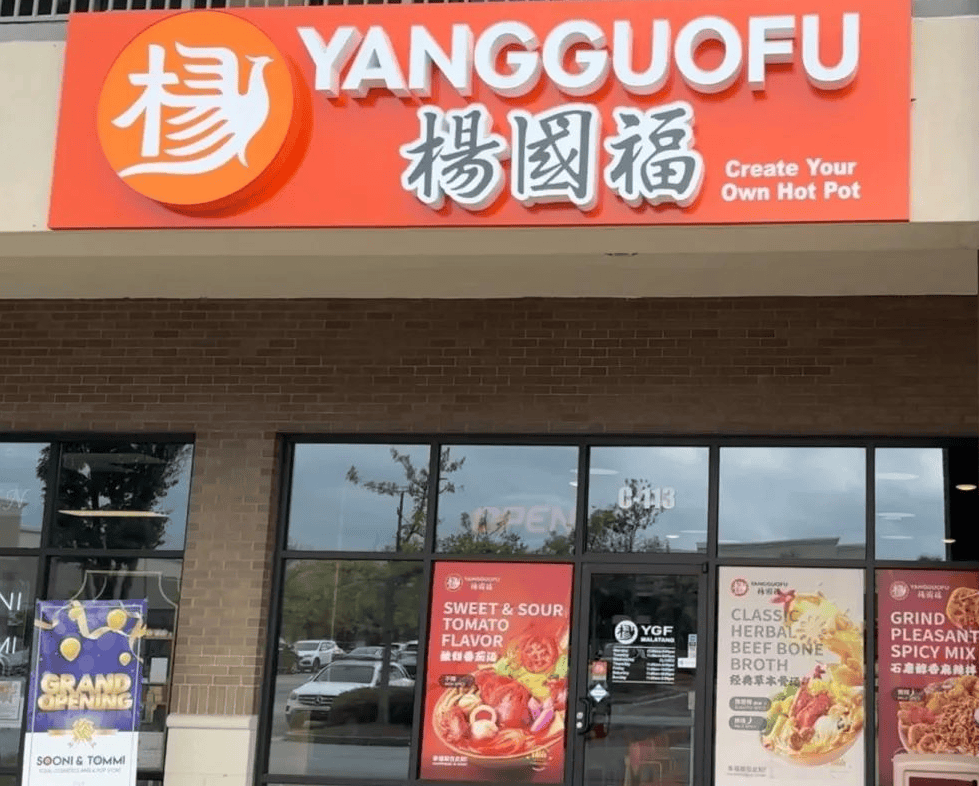
暂无评论